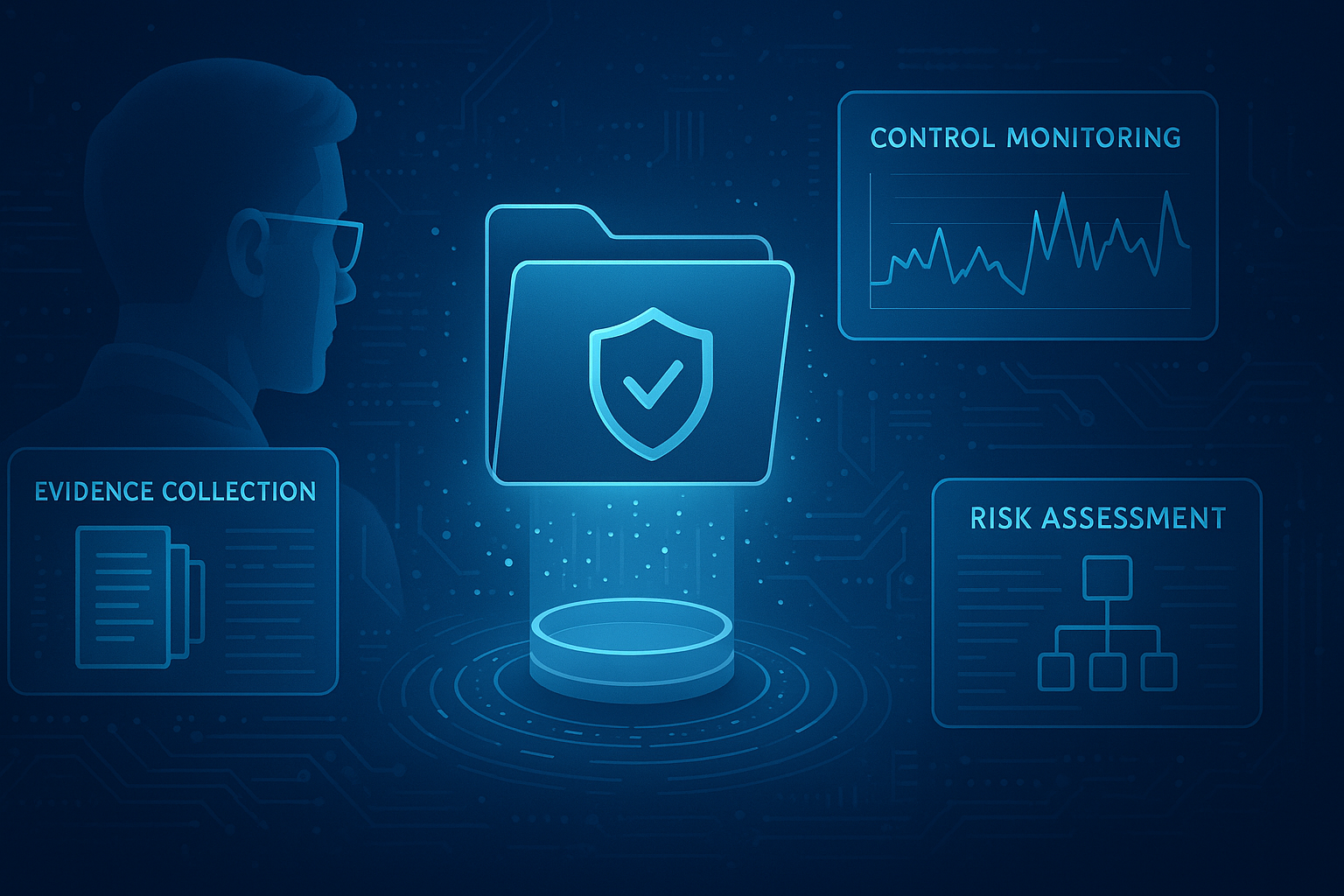Most, if not all, companies dealing with any amount of data ask at some point in their business: How do we know we’re secure? Nowadays, the number of cybersecurity attacks on various organizations and businesses has increased tremendously compared to just years ago.
In this modern era, no company can guarantee that it won’t encounter a cyber threat in its lifetime. Therefore, the right question we should ask instead is: How do we measure risk?
There is no one-size-fits-all approach to this question, as responses vary based on industry, the experience or breadth of the IT department, or size. Some cybersecurity experts might assess risk solely by leveraging their own experience, which could lead to a closed-minded program. We are not as objective as we think. When we make decisions, we might overlook the gaps that could potentially lead to big threats, which is where frameworks come into play.
Building a Security Program Based on a Cybersecurity Framework Can:
- Inform cyber risk decisions and provide the ability to describe risk at different levels
- give common definitions and common point references to show improvements over time
- be tailored to the nature of different organizations
A business that is seriously considering adopting a security framework should do some research about different frameworks and pick the one that best suits its needs. However, in particular, one framework has been embraced by more and more firms across different industries in the past few years: NIST’s Cybersecurity Framework (CSF).
NIST developed the CSF framework in 2014 due to a 2013 Executive Order titled “Improving Critical Infrastructure Cybersecurity.” It is a set of voluntary industry standards and best practices to help organizations improve cybersecurity, risk management, and resilience of their own system. It was designed to be effective and specific in its recommendations while retaining flexibility.
This framework is designed by NIST, or the National Institute of Standards and Technology, which has a long record of setting standards and creating measurements for federal, state, and local governments. We describe the cyber risk management frameworks as created "by those who brought you time." The knowledge base is very reliable.
Learn about the new NIST CSF 2.0 and what this means for cyber risk management.
The Framework measures risks dynamically and keeps evolving over time. It has five core functions: Identify, Protect, Detect, Response, and Recover. They are “not intended to form a serial path or lead to a static desired end state. Rather, the Functions can be performed concurrently and continuously to form an operational culture that addresses the dynamic cybersecurity risk.”
It is also designed to offer a common language among different companies so that organizations would not fail to share information or communicate. Since the framework has periodic upgrades, people can share critical feedback to help further improve the system. The framework is currently used by approximately 30% of U.S. organizations as of 2015 and is expected to reach 50% by the end of 2020. Therefore, businesses that want cyber best practices integrated into their program should consider implementing them shortly.
Using a well-structured framework makes an important difference to many organizations. CyberStrong is the first software platform that makes it easy to implement the framework, even at its control set of over 900. CyberStrong lets you assess your program and provide data for all six of the NIST core functions, so you can adopt all areas of the NIST Framework in just hours in an easy, intuitive manner and gain visibility into your program.
Schedule a conversation to learn more about CyberStrong and the NIST CSF.





.png)
.png)
.png)
%201.png)
.png)




